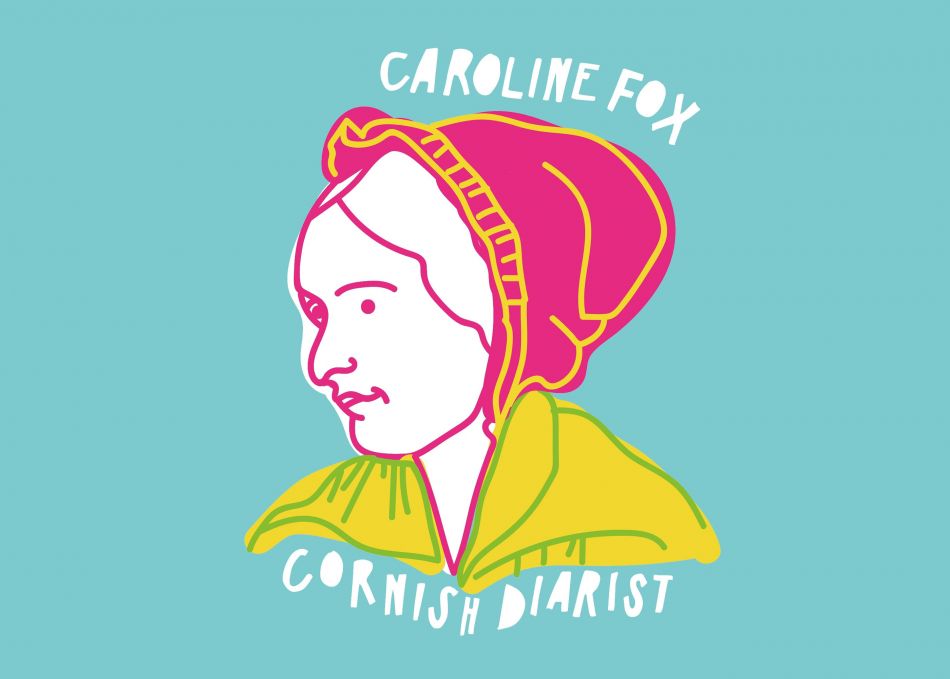Early life
Emily Hobhouse was born in 1860 in St Ive, near Liskeard. Her mother Caroline was a member of the famous Trelawny family. Her father Reginald Hobhouse was a vicar. When Emily was 20, her mother died. She looked after her father until his death, and then travelled to help poor Cornish mining families that had emigrated to the USA and Mexico.
Boer War
Emily returned to the UK in 1898. A year later, Britain was at war with the Boer people of the South African Republic and Orange Free State. The Boers were the descendents of Dutch settlers in South Africa. Emily became concerned about the conditions that Boer women and children were suffering as a result of the war.
Concentration camps
Emily established a fund to raise money to help the Boers. She travelled to South Africa in 1900 with the money she had raised. The war had forced many Boer woman and children to leave their homes. Britain had built concentration camps in South Africa to house these women and children. Over 100,000 black people were also forced into the camps. Emily visited the camps and was shocked at the terrible conditions she found.
Emily believed that if people in Britain knew about the conditions in the camps, something would be done to change things. She wrote about them for the Guardian newspaper and sent an official report to the British government.
The people, old and young, packed in open trucks beneath a cruel sun – kept at a station without food until late at night… I had seen them in crowds by railway sides in bitter cold, in streaming rain, hungry, sick, dying, dead Emily Hobhouse, The Brunt of War, and Where it Fell (1902)
Angry reaction
When Emily returned to Britain she was treated harshly by the authorities and newspapers. The government accused her of threatening Britain’s war effort. Lord Kitchener (later famous as the face on First World War recruitment posters) called her “that bloody woman”. The Government set up its own investigation into conditions in its concentration camps.
Later life
Emily tried to return to South Africa in 1901, but was not allowed to enter the country. However, she did return several times after the war to continue helping the Boer women and children. She also publicly opposed the First World War, asking for peace.
In later life Emily was made an Honorary Citizen of South Africa. Money was raised for her by the Boer people, which she used to buy a house in St Ives, Cornwall. She died in 1926.






